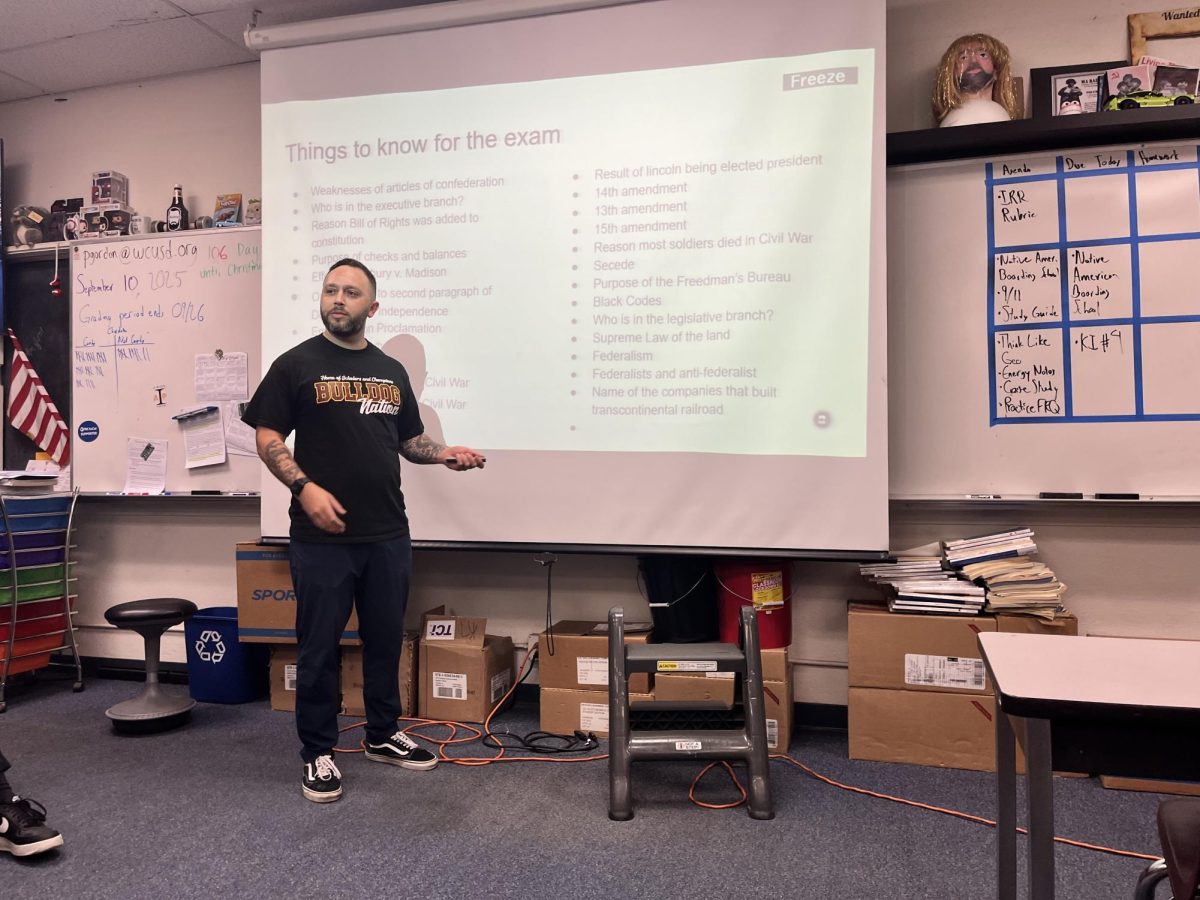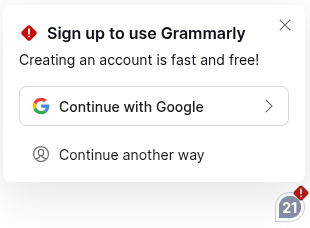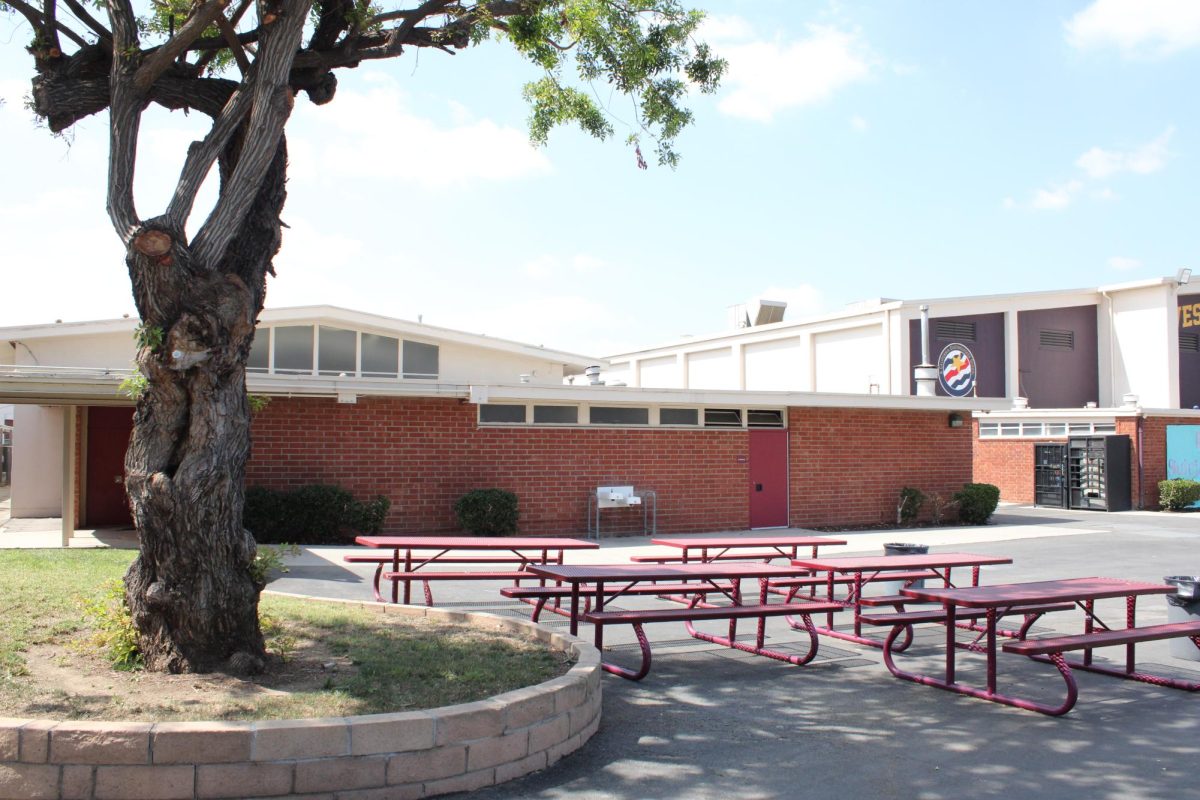The new no-phone policy, which took effect Sept. 1 and is now being enforced by more teachers, has sparked conversation amongst teachers and students alike. While students are expected to leave their phones behind during restroom breaks, the change has already made a noticeable difference in classroom focus, but it has also raised questions about student safety and communication.
Studies show that students spend an average of 1.5 hours on their smartphones each school day, with 25% of students logging on for more than two hours, according to a peer-reviewed medical journal published by the Journal of the American Medical Association of Pediatrics. In addition, 72% of U.S. high school teachers report cell phone distraction as a major problem in their classrooms, as stated by the Pew Research Center.
Social science department teacher Paul Gordon believes that phones harm students’ ability to learn.
“They’re poison. I’ve taken away phones this year, and I’ve seen kids do way more work than they have done the past five years,” Gordon said.
This shows how phones can distract students and stop them from getting their work done. Removing phones from the classroom environment helps students focus more on learning. In fact, in a study by the National Center for Education Statistics, 53% of U.S. public school leaders believe cell phone usage harms students’ academic performance.
Spanish teacher Maria Espinosa also supports the new policy, pointing to how phones disturb class time.
“I support it 100%. We need more life interactions and to give priority to learning when we’re here at school,” Espinosa said.
Espinosa highlights that students should have more real face-to-face interactions rather than spending all their time on social media, reminding students that classrooms are meant to be spaces for learning and communication. Furthermore, she asserts that school is where students build social skills in addition to academics. Putting phones away can build stronger connections with classmates by allowing conversation, sharing common ideas, and actually connecting with those sitting in the same space.
Principal Charles Park thinks it brings balance. The school doesn’t want to punish students, but they want to reduce distractions in class. In addition, instead of enforcing a stricter policy, it allows it to be more fair for all students and provides trust with the student body, so long as they can prove to utilize their phones in a wise manner.
Overall, this can help build more respect between students and teachers and create a safer learning environment.
“The reason why we want our students to put their phones in their pockets and to adhere to our policy is so that we don’t have to mandatorily take your phone at the beginning and return it to you at the end. I don’t want that for us. I don’t want that for the students,” Park said.
Instead of strict bans, schools should focus on digital citizenship, which teaches students to use phones wisely. For example, teachers could let students use their phones for quick research or educational apps during lessons while setting boundaries about checking phones only at designated times. In addition, designated break times can be set in place to allow students to balance learning and paying attention to their mental overload.
Not all students agree with the new rule; some worry more about safety than focus.
“I get the point of the whole policy, but in my opinion, I don’t think we should get our phones taken away like when we go to the restroom because what if anything happens, an emergency, something, our phone is how we communicate with one another,” junior Jenna Ramirez said.

She believes that safety and communication are also important. Although rules such as the no-phone policy can help learning, school leaders need to think about the larger impact it will have on school safety. At West Covina High School, students and teachers practice ALICE drills in case of acts such as school shootings. This is the reality schools in 2025 must face.
Students and staff need to stay prepared for emergencies. Without access to their phones, they could face delays in reaching out for help during life-threatening situations such as school shootings, drug overdoses, or violent altercations. Safety should be considered just as much as academics.
Freshman Hector Toledo also acknowledged both positives and negatives of the policy.
“I think it’s good and bad sometimes. Like, I think it’s okay to have it during class at times, but not when you’re going to the bathroom or going on break,” Toledo said.
While Toledo admits that phones can be a distraction, he also explains that he uses his phone as a learning tool.
“My phone helps me double-check answers and research study materials, but without it, I can’t really do that,” Toledo said.
This shows that even younger students view phones as more than just a distraction; they see them as a resource for both their safety and academics. Because these are freshman students who are just beginning their high school journey, their perspective highlights how important it is for policies to work not only for the upperclassmen, but also for those students who will live with these rules for the rest of their high school career.
Overall, the no-phone policy provides students with the focus they need to get more assignments finished during class time, but it is still important to pay attention to students’ needs in terms of safety and classwork. It is vital for the student body to balance learning with safety and communication. Furthermore, a rule that reduces distractions, such as designated break time during class instruction, could create a more effective policy.








